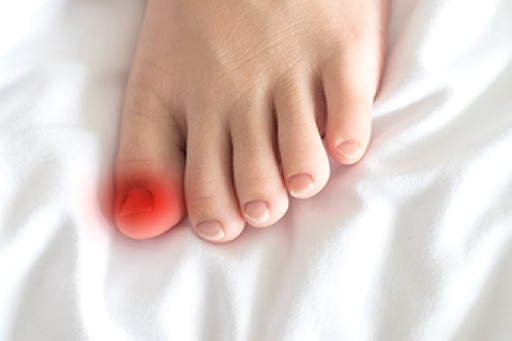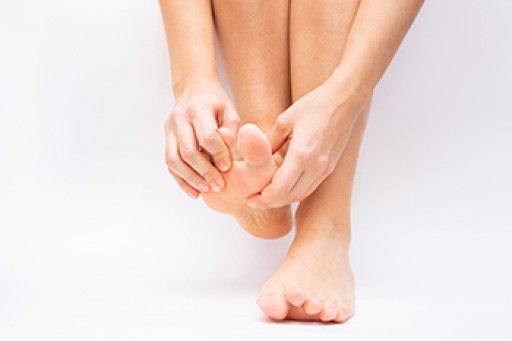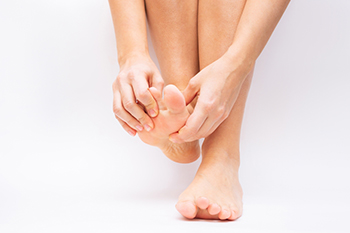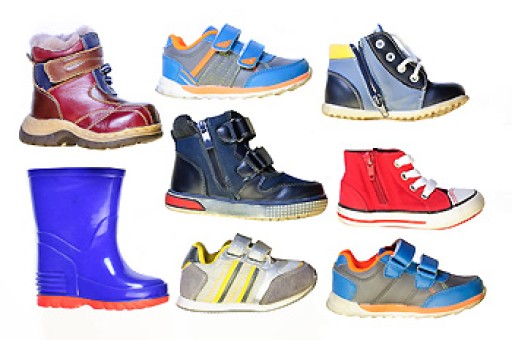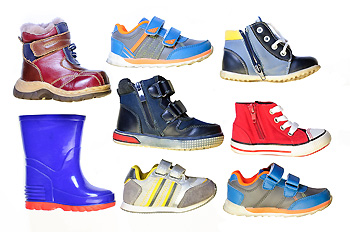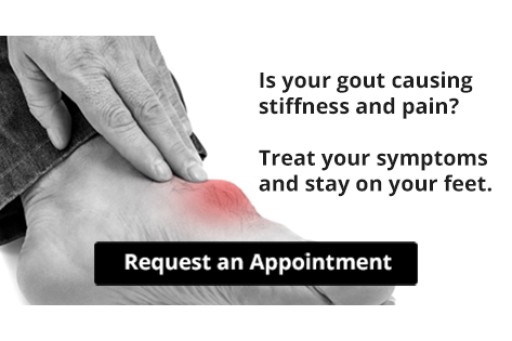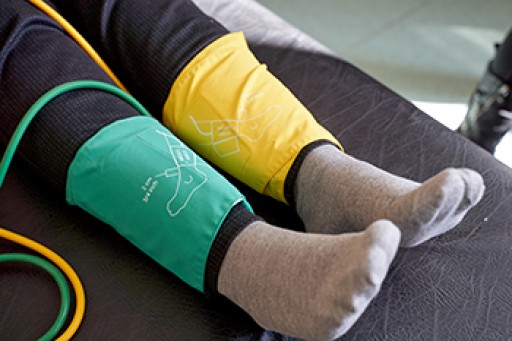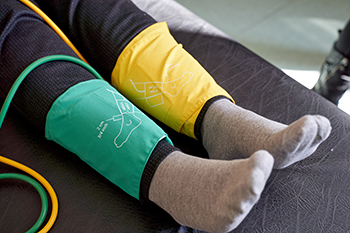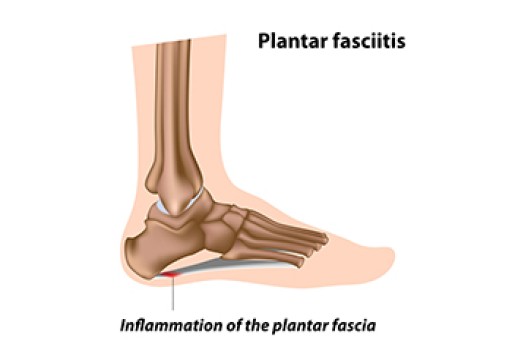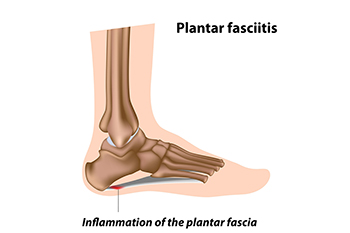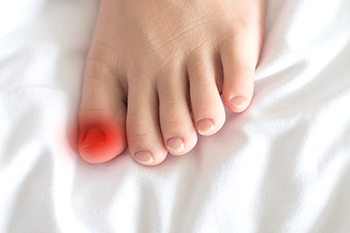
Ingrown toenails, though seemingly minor, can cause significant discomfort and warrant careful attention to both symptoms and causes. One of the primary symptoms is pain, often concentrated along the edges of the toenail, where it begins to grow into the surrounding skin. Swelling and redness may accompany the pain, indicative of inflammation and potential infection. The ingrown nail may also cause tenderness to the touch, making wearing shoes or even walking a painful experience. Causes of ingrown toenails are diverse, often stemming from improper nail trimming, wearing tight or ill-fitting footwear, or inherited structural issues such as unusually curved nails. Trauma or injury to the toe, fungal infections, and poor foot hygiene can also contribute to the development of ingrown toenails. If you have developed an ingrown toenail, it is suggested that you schedule an appointment with a podiatrist who can provide treatment options and effective preventive measures.
Ingrown toenails can become painful if they are not treated properly. For more information about ingrown toenails, contact one of our podiatrists of Biebel & DeCotiis Podiatry Associates. Our doctors can provide the care you need to keep you pain-free and on your feet.
Ingrown Toenails
Ingrown toenails occur when a toenail grows sideways into the bed of the nail, causing pain, swelling, and possibly infection.
Causes
- Bacterial infections
- Improper nail cutting such as cutting it too short or not straight across
- Trauma to the toe, such as stubbing, which causes the nail to grow back irregularly
- Ill-fitting shoes that bunch the toes too close together
- Genetic predisposition
Prevention
Because ingrown toenails are not something found outside of shoe-wearing cultures, going barefoot as often as possible will decrease the likeliness of developing ingrown toenails. Wearing proper fitting shoes and using proper cutting techniques will also help decrease your risk of developing ingrown toenails.
Treatment
Ingrown toenails are a very treatable foot condition. In minor cases, soaking the affected area in salt or antibacterial soaps will not only help with the ingrown nail itself, but also help prevent any infections from occurring. In more severe cases, surgery is an option. In either case, speaking to your podiatrist about this condition will help you get a better understanding of specific treatment options that are right for you.
If you have any questions please feel free to contact one of our offices located in Holmdel and Middletown, NJ . We offer the newest diagnostic and treatment technologies for all your foot and ankle needs.
